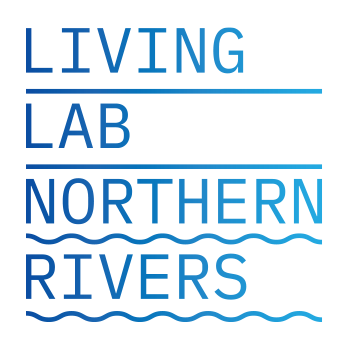
A Tool of Power
Short read.
Christine Gaspar knows great things happen when you combine design and planning with local knowledge.
A Tool of Power
Designer Christine Gaspar was helping locals rebuild their homes in the aftermath of Hurricane Katrina, as well as working on a range of other projects in Biloxi Mississippi, when she had a moment of clarity.
Looking at the urban design proposals that were around at the time, Christine noticed how much attention they were getting from politicians and famous actors, while huge parts of the community were being ignored.
"Not everyone has access to design and because of that it's really a tool of power," says Christine. "After that I thought about my role as a designer and how I could make intentional choices about who's hands I put my power into. That's been an important part of my career ever since."
This decision to focus on community-engaged design, a process that includes voices often sidelined in the planning process, along with her experience with natural disasters, are the reasons Living Lab Northern Rivers invited Christine to come all the way from New York to Lismore recently.
"I've known Dan Etheridge from the Living Lab for a long time," says Christine. "And he reached out last year to tell me a little about the work they were doing. It was an exciting opportunity to connect with the project and see what's happening out here. Unfortunately, it does resonate with me and my experience with Katrina."
Similarities between New Orleans and Lismore that Christine has noticed include the urgency of recovery efforts, followed by the complexities of the government response, and the resilience of communities navigating uncertain futures.
"It takes government a long time to get clarity about how to move forward and meaningfully engage with the community about planning for the future" she says. "And this often leads to a real vacuum of information for community members who are trying to make decisions about how they're going to recover and what resources are available to them. Often the time frames for recovery are much longer than people anticipate."
On the flip side, Christine believes the Northern Rivers has a bright future, thanks to organisations like Living Lab Northern Rivers, who are able to connect the global design community with local issues and tap their expertise.
"The work that the Living Lab is doing is really exciting," she says. "It's also happening much earlier in the process, so that's something positive that came out of Katrina. Plus, this being many years later, our understanding of climate change is quite different now. There's real considerations for what our climate future is, so it seems to be a much more significant part of the planning process."
Christine is a master of getting everyone in the room when it's time to talk about designing the places where we live. So, what's the most surprising thing that happens when everyone gets a seat at the table?
"People know a lot about the places where they live," she says. "But they often don't think of that as expertise, when it truly is. To know what's going on in your community and which corner it floods on every time it rains a little bit, this is all very important to planning decisions. Planners are often looking at statistics and data, but there's other layers. There's what happens every day, what people value about the places where they live, and what's important to them. And how they weigh these things against the risks of living in those places. That's the richest thing that happens when everyone gets heard."
More about Christine:
Christine Gaspar is a US community-engaged design practitioner with over fifteen years of experience collaborating with marginalized communities to shape the places where they live. Christine draws lessons from both her architecture and urban planning work with low-wealth communities recovering from Hurricane Katrina in the Mississippi Gulf Coast, and her work at the Center for Urban Pedagogy, creating accessible visually-based materials with and for marginalised communities to help them access rights and participate in civic decision-making.
